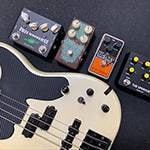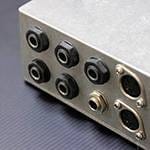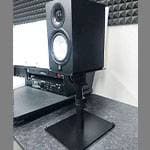When it comes to legendary polyphonic synthesizers, names like the Prophet-5 by Sequential Circuits (now Sequential), Oberheim’s OB-X, OB-Xa, OB-8, Yamaha’s CS-80, and Roland’s Jupiter-8 come to mind. These iconic instruments, which all have made their mark in music history, all came with very high price tags, ranging from 1 to 2 million yen, making them far out of reach for amateur musicians.
It was KORG’s Polysix and Roland’s JUNO-60 that broke through that barrier. KORG released the Polysix at 248,000 yen, and the JUNO-60 was launched at a similar price range. This happened in 1983.
The JUNO-60 had a feature that allowed users to store 56 sound patches, which was not available on the JUNO-6.
I personally purchased a KORG Polysix in 1982, and the main reason I didn’t choose the JUNO-6 was because it lacked this memory function.
There was one more negative factor for me: the JUNO-6 used a DCO (Digitally Controlled Oscillator) rather than a VCO (Voltage Controlled Oscillator).
While DCOs are more stable in terms of tuning due to their digital nature, they were said to lack the depth and richness of VCOs and tended to sound more sterile or uniform.
Perhaps to compensate for this, the JUNO-60 came equipped with a chorus effect to add thickness to its sound. On the other hand, the Polysix had an ensemble effect, which also added warmth and fullness. I remember finding it very useful.
These features were likely implemented to compensate for the limitations in sound thickness inherent in single-oscillator synths.
While the Prophet and Oberheim synths used dual VCO (Voltage Controlled Oscillator) configurations, Japanese-made polyphonic synthesizers at the time generally had only one oscillator, due to cost constraints.
The more oscillators a synth has, with two instead of one, or three instead of two, the thicker and richer the sound tends to be. To compensate for having only a single oscillator, both the KORG Polysix and Roland JUNO-60 included sub-oscillators.
I believe this shows the painstaking efforts Japanese manufacturers made to build affordable polyphonic synthesizers.
One of the reasons I tended to avoid buying DCO-based (Digitally Controlled Oscillator) polyphonic synths was this very issue. That said, I once purchased a Waldorf Blofeld, which uses DCOs, and I didn’t feel its sound was particularly thin.
Still, it’s hard to deny the fact that VCOs tend to deliver a superior sound.
The two Japanese-made polyphonic synths offered exceptional cost-performance. At the time, instruments like the Prophet or Oberheim were priced close to 2 million yen, while the Polysix and JUNO-60 could be had for under 250,000 yen. There were simply no other options in that price range.
In terms of sound, due to the reasons mentioned above, synths like the Prophet or Oberheim undeniably produced superior tones. Given the price difference, this was only natural.
However, some albums began to emerge that turned this limitation into a strength.
Using the affordable JUNO-60, artists created music that didn't aim for richness, but rather embraced a somewhat “cheap” or modest sound as a core part of their aesthetic.
One of the most iconic examples of this was Cyndi Lauper’s debut album, a historic masterpiece where such sounds were fused with the music itself and helped to highlight her unique personality.
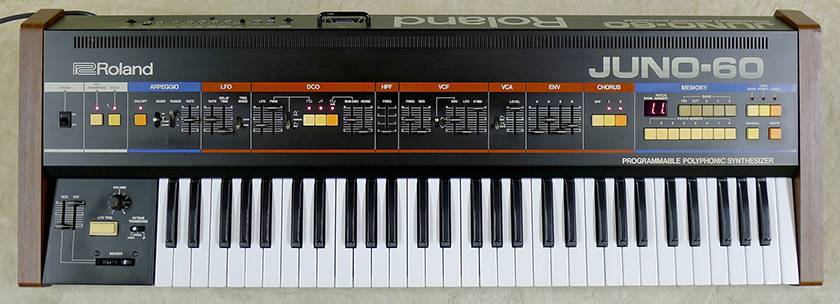
Roland JUNO-60, CC BY 2.0 (cited from Wikipedia)
■ Recommended Album: Cyndi Lauper – She’s So Unusual (1983)
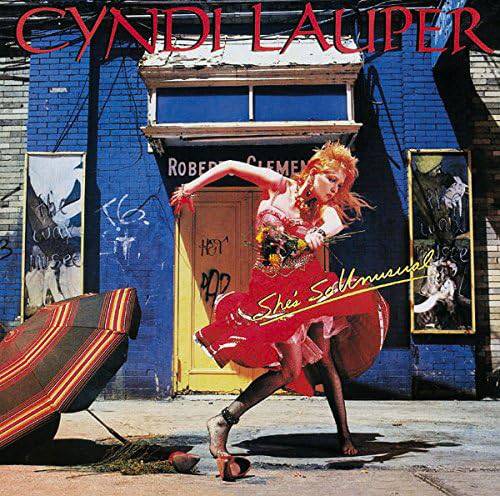
Cyndi Lauper’s legendary debut album, and without a doubt, a historic classic.
There’s a reason even the striking album cover leaves an impression. The photographer was none other than Annie Leibovitz, once the chief female photographer for Rolling Stone magazine. Annie famously shot the sensational in-bed photo of John Lennon and Yoko Ono, which stirred major public attention. She’s also a master portraitist who captured the likes of Bruce Springsteen, David Byrne, and many other iconic rock artists. More recently, she’s also photographed Elon Musk, a subject currently dominating headlines. It's a glimpse into the deep embrace of American culture.
So, what makes this album so wonderful? Simply put, the songs are excellent. And the arrangements that support and enhance those songs are equally brilliant.
What especially stands out is the incredible use of polyphonic synthesizer textures throughout the album. The synth arrangements were crafted by Rob Hyman, who was the keyboardist of The Hooters.
Now there’s the world-famous hit “Time After Time” that was co-written by Rob Hyman and Cyndi Lauper.
The keyboardist on Cyndi Lauper's tour was David Rosenthal, who is known for his work with the band Rainbow, led by hard rock guitarist Ritchie Blackmore. At just 21 years old, he was selected as the keyboardist for Rainbow. A multi-keyboardist, he mastered instruments like the Hammond organ, Oberheim OB-Xa polyphonic synth, and Minimoog. Looking back now, it’s clear that highly skilled musicians were supporting Cyndi Lauper.
A memorable scene from documentary footage of the time shows David Rosenthal sitting at an acoustic piano with a JUNO-60 placed on top, and discussing arrangements with Cyndi Lauper.
This album simply couldn’t exist without polyphonic synthesizers—they play a central role throughout. The JUNO-60’s synth tones perfectly matched Cyndi’s voice, and the album is full of creative ideas and pop sensibility that fully utilized the synth's features.
Recommended Track: "Girls Just Want to Have Fun"
This song bursts with the uncontainable energy of Cyndi Lauper at the height of her career. The polyphonic synth’s brass-like tones form the core of the backing track. One of the highlights is the synthesizer solo. The envelope generator settings are distinctive: attack, sustain, and release are nearly set to 0, with decay around 2 or 3. The result is a sharp, staccato sound with virtually no release. Toward the end, the VCF (voltage-controlled filter) cutoff frequency is raised for a nice little touch. The solo is both pop-savvy and cute that leaves a strong impression. The song reached No. 2 on the U.S. charts.
Recommended Track: "All Through the Night"
The arpeggiator built into the JUNO-60 can be heard right from the intro. This simple arpeggiated phrase enhances the song’s appeal beautifully. The synthesizer solo in the middle isn’t overly flashy; instead, it uses raw, striking chord voicings that leave a mark. The track reached No. 5 on the U.S. charts.
Recommended Track: "Time After Time"
A timeless masterpiece that was even covered by a legendary jazz trumpeter. This track also features arrangements that make full use of the polyphonic synthesizer’s unique characteristics.
The polyphonic synth’s role may seem basic at first with sustained, full-note chord backing, but during the pre-chorus (B section), it really shows its strength. The cutoff frequency of the VCF (Voltage-Controlled Filter) is manipulated to give the sound a different character from the verse (A section), adding subtle expression and movement.
This type of tonal shift couldn't be achieved with traditional string machines like the Solina. It’s a distinctive effect unique to polyphonic synths, and it plays a key role in shaping the emotional impact of the track.
Featured Artists, Album, and Recommended Tracks in This Column
- Artists: Cyndi Lauper, Rob Hyman, David Rosenthal, and others
- Album: She’s So Unusual
- Recommended Tracks: “Girls Just Want to Have Fun”, “All Through the Night”, “Time After Time”
The “sound & person” column is made up of contributions from you.
For details about contributing, click here.





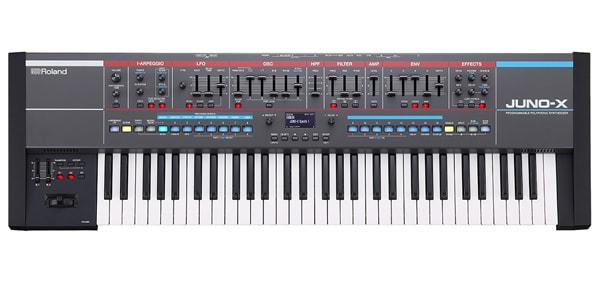


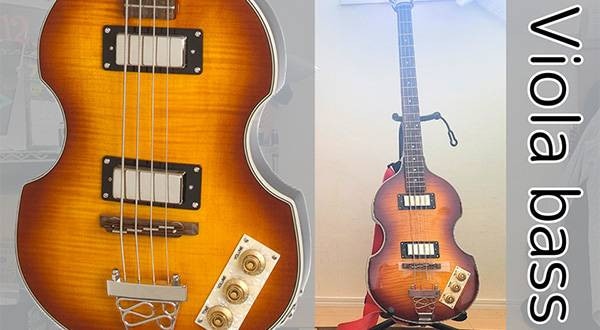
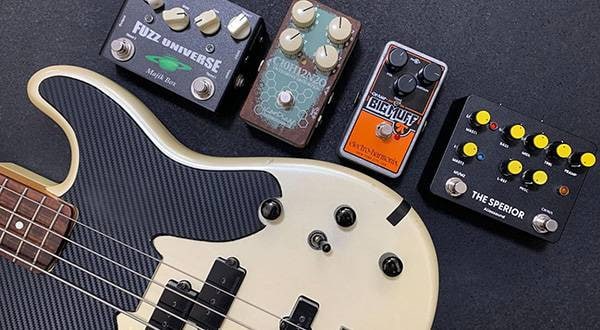
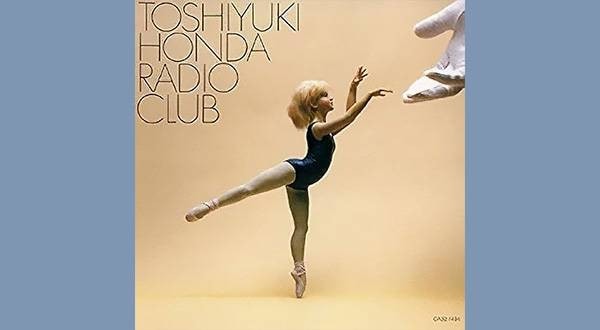
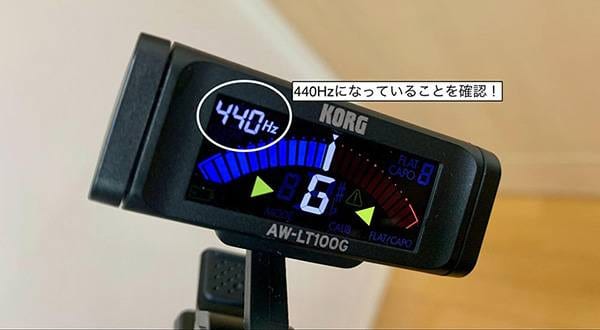
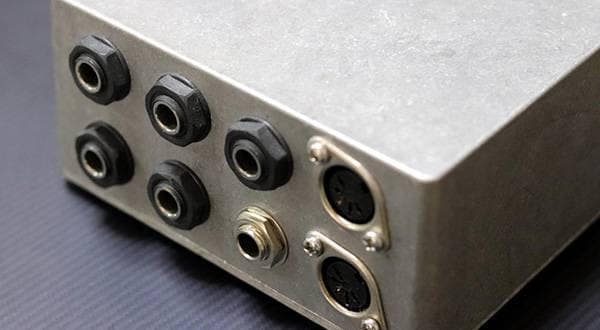
![Vagabond Synth Nerd’s Journal Vol. 214 - Mourning the Loss of the Great Legendary Producer Mr. Quincy Jones and His Albums Part V [Final Chapter]](/contents/uploads/thumbs/5/2024/12/20241210_5_29788_1.jpg)
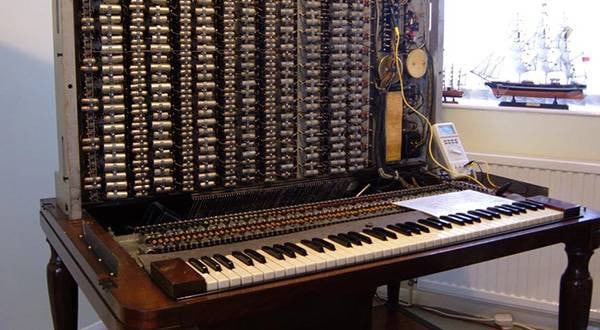
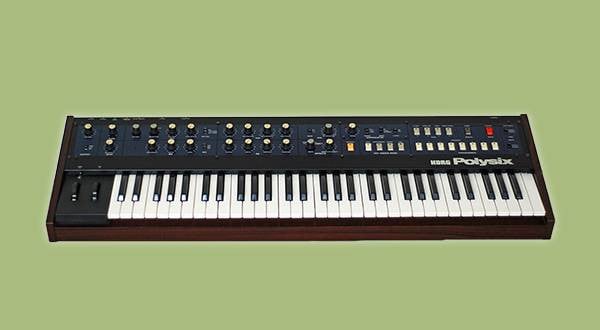
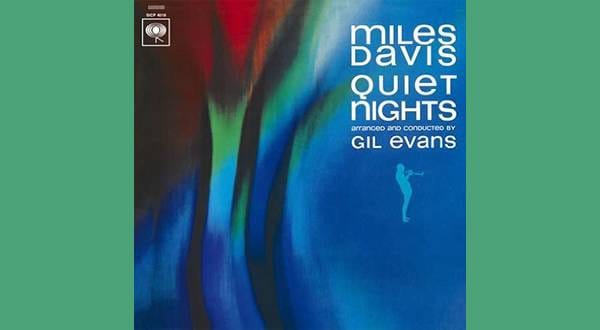
![[2025 Latest Edition] Choosing a Synthesizer/Popular Synthesizers Ranking](/contents/uploads/thumbs/2/2022/9/20220916_2_19446_1.jpg)

 YAMAHA YC61 特集
YAMAHA YC61 特集
 Roland 電子ピアノデジタルピアノ購入ガイド
Roland 電子ピアノデジタルピアノ購入ガイド
 JUNO-DS
JUNO-DS
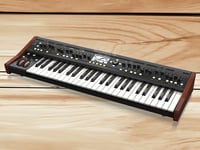 シンセサイザー 入門ガイド
シンセサイザー 入門ガイド
 超オススメのフレーズ道場 キーボード
超オススメのフレーズ道場 キーボード
 キーボードスタートガイド
キーボードスタートガイド


